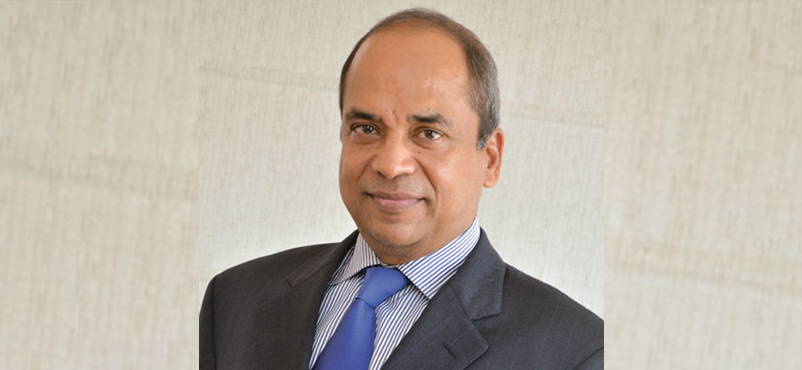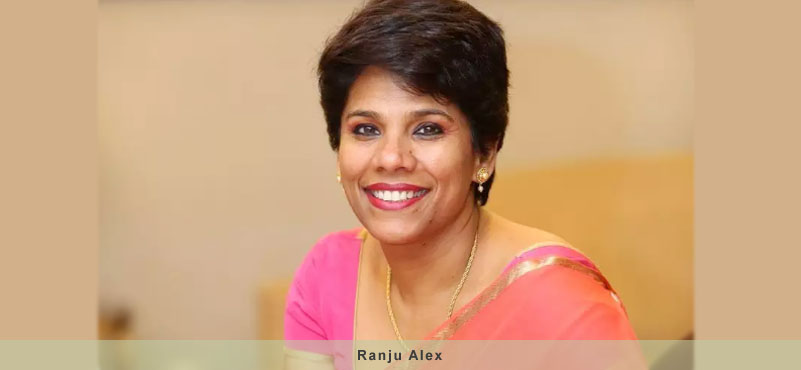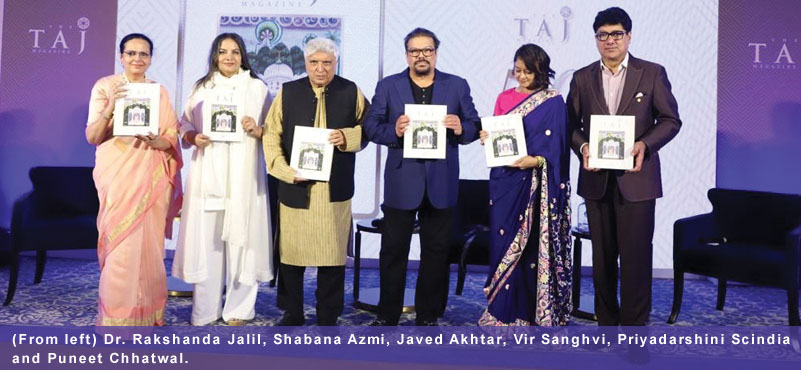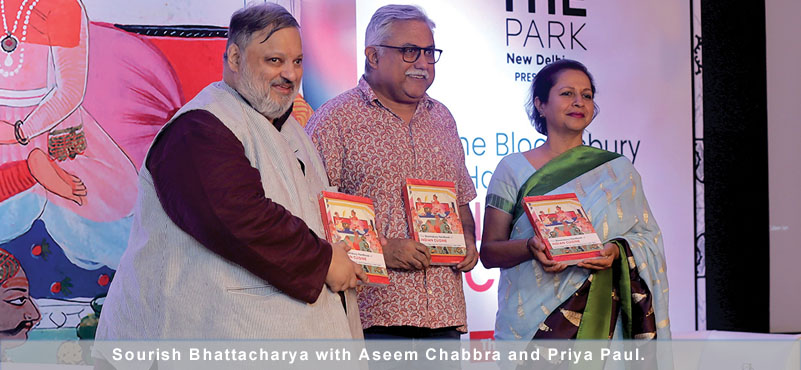The Saraf family started their hotel business with Yak n Yeti in Kathmandu, later developed Hyatt in the same city; co-promoted the Hyatt Regency in New Delhi with Sushil Gupta and Shiv Jatia; now run 12 hotels across the country with 3800 keys. Director, Arun Saraf, speaks with TourismFirst and shares his insights into the business.
There is widespread distress being witnessed in the hospitality industry. As the single biggest franchisee of the Hyatt family in India, running two of the most enviable properties in the country, in Delhi and Mumbai, namely the Andaz and Grand Hyatt, how do you personally feel the pinch of the current shutdown?
In our case, leveraging has not been high. In Mumbai, the debt is around 450 crores, while in Delhi, it is around 600 crores. We have 12 operational hotels, with some 3800 rooms. In some of the companies we have a positive cash balance. Both our hotels in Nepal are debt-free. Overall, we can manage this debt. I do not see it as a problem.
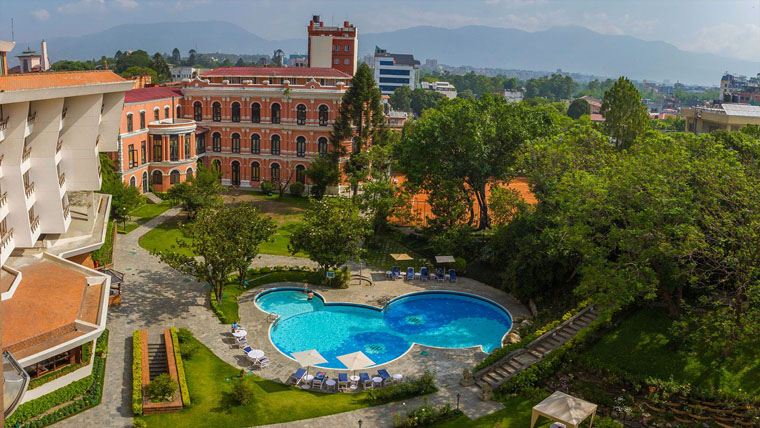
We gather large format hotels, with large public spaces, are more vulnerable. Small and compact will perform better when social distancing will kill public functions for a long time?
Indeed, two hotels in Delhi and Mumbai as large format hotels. These were visualized as such, having five distinct streams of revenue – rooms, banquets, commercial, restaurants, and serviced apartments. Fortunately for us, we do not have zero revenue, but little revenue. In Mumbai, we have 70 serviced apartments with long staying guests, out of a total of 111. We also have 35 long staying guests in the hotel. In Delhi, out of 129 serviced apartments, we have 42 occupied. In Mumbai, we have revenue of 11/12 lakhs per day, against an expected revenue of 1 crore per day. Obviously, these are not sustainable revenues. In Mumbai, we have 1.1 million sq ft of commercial space, while in Delhi we have slightly less. Over the years, we have moved away from retail as shopping malls opened, converted most of this space into commercial, and this has given us another kind of sustainability.
And how do you see the industry trends shaping up? These are said to be unprecedented times for hospitality and so much else in the economy?
Yes, the industry dynamics are beyond imagination. We will have to wait and watch, see how the business unfolds. Many a property is leveraged with banks, but then there are no buyers. Owning companies will have to bear the brunt. My estimate is that presently 50% of the hotel are 100% shut, while the balance 50% have 5% occupancy. Going ahead, my sense is travel will be slow to pick up. No body will make money in the next three years; everyone will have to fight to survive.
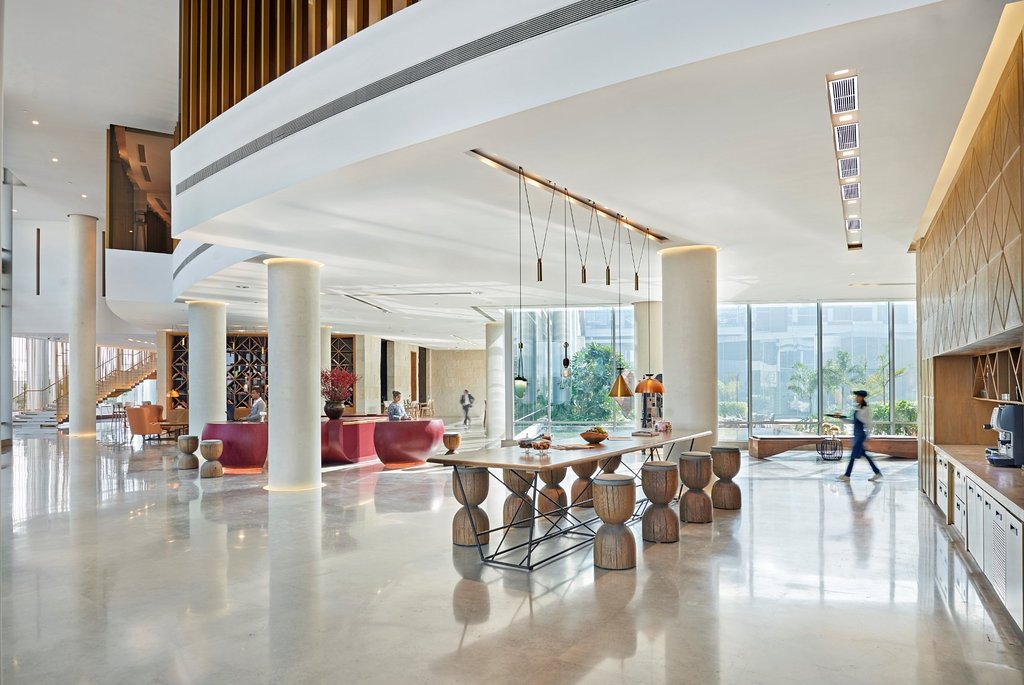
And what about new inventory? There was much in the pipeline, especially in smaller towns?
In my view, 60% of all new construction will stop and only Heavens know when it will come up. The balance 40%, which possibly is close to 80% complete, will get completed, but not in any immediate hurry. Funding to get completed will be hard to find. I do not see anybody being in any rush to open, for some time to come.
Do you see large scale sell offs happening?
Will there be active selling in the market of these assets? Only deep discounts may get some buyers. I don’t see many transactions happening, except in very distressed situations. Overall, this is uncharted territory, and any comments would be only guess work, and not based upon facts, which we don’t have. And, what can banks do, when the overall market is down.
How do you see the demand side in the business?
Where is the traffic for the hospitality industry? In the big metro branded hotels, let us assume we have 50% foreign and 50% Indian occupancy. In terms of overseas markets, our big sources have been USA, UK, Europe and the Far East, which would include Japan and Singapore. All are disturbed to the maximum and will remain inoperative for the next 6 months. In the Indian market, only a minimal, that which is mechanical in nature where visits are the only means to work, will start. The rest I expect will resort to video-conferencing and the like. Leisure will take that much longer. I see only need based travel to start with.
With this gloomy picture, should be expect shifts in ownerships in the near future, as some may want to opt out?
Do I see distress in the market? Yes, I do, and for good reason. Do I see assets on the block? I don’t see eager and interested buyers out there. Only those who have their own funds, may look around for distressed deals. I will not borrow to buy.
Will my company get out there to buy? No, I am not a buyer in the market. Conversely, you can ask me if I am a seller? If somebody is willing to pay my replacement cost, I can consider. But to be honest, we do not have any aspirations to be the biggest hotel chain in the country. With 3800 rooms, and another 125 to open in Bodhgaya, we have done well. Our hotels do not carry our name, we operate under an international brand, growth has never been our strategy. Our single aim is to create wealth for all our stakeholders, and to grow sensibly and profitably.

